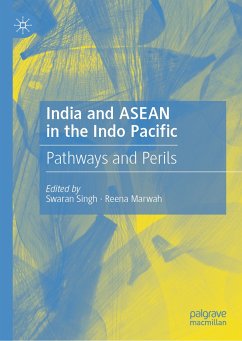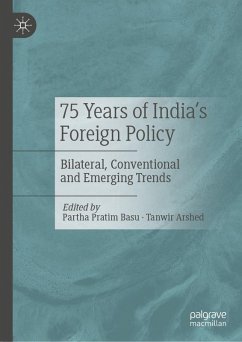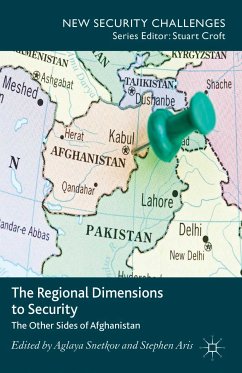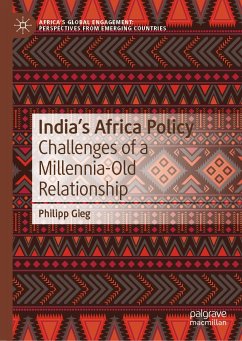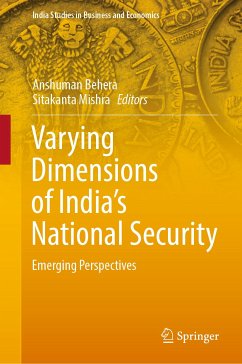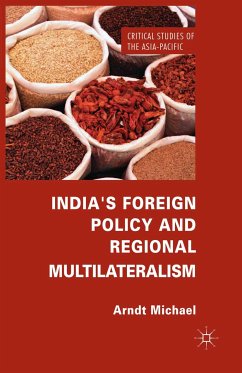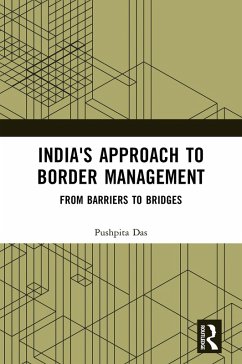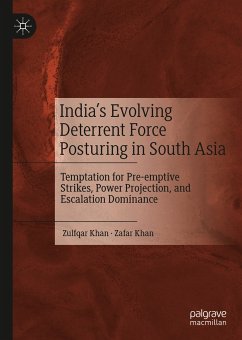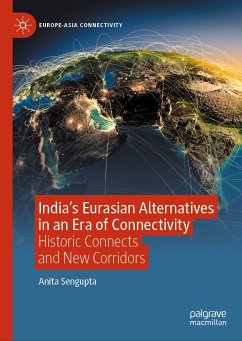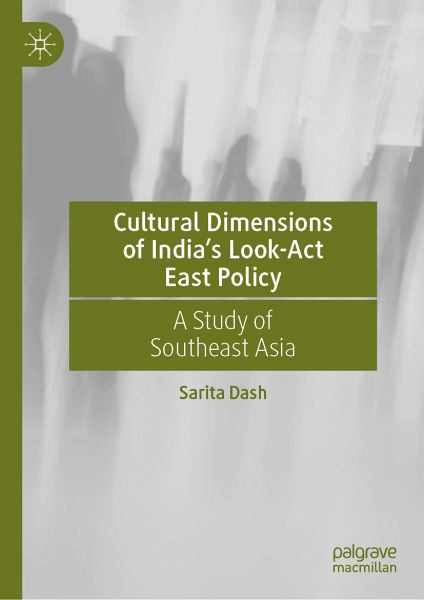
Cultural Dimensions of India's Look-Act East Policy (eBook, PDF)
A Study of Southeast Asia
Versandkostenfrei!
Sofort per Download lieferbar
104,95 €
inkl. MwSt.
Weitere Ausgaben:

PAYBACK Punkte
52 °P sammeln!
Tracing the cultural interactions between South and Southeast Asia since prehistoric times, the book critically scrutinizes the current cultural diplomacy initiatives of Indiäs Look-Act East Policy. Reminding the need to look at culture as a two-way process and the need to re-define the understanding of culture in its Space Age setting, the author emphasizes on India realising its unique multicultural potentiality to broaden the outlook and parameters of cultural diplomacy to suit the unfolding World Order in the region. The nature and composition of the demography of Southeast Asia and its I...
Tracing the cultural interactions between South and Southeast Asia since prehistoric times, the book critically scrutinizes the current cultural diplomacy initiatives of Indiäs Look-Act East Policy. Reminding the need to look at culture as a two-way process and the need to re-define the understanding of culture in its Space Age setting, the author emphasizes on India realising its unique multicultural potentiality to broaden the outlook and parameters of cultural diplomacy to suit the unfolding World Order in the region. The nature and composition of the demography of Southeast Asia and its Indian diaspora calls for a balanced approach in covering the land and maritime sectors, the book further observes. Adopting a peoples-centric approach, the author argues for cultural interactions to go beyond the union government and its agencies and advocates for the role of state governments, non-governmental actors, and other community initiatives as well.
Dieser Download kann aus rechtlichen Gründen nur mit Rechnungsadresse in A, B, BG, CY, CZ, D, DK, EW, E, FIN, F, GR, HR, H, IRL, I, LT, L, LR, M, NL, PL, P, R, S, SLO, SK ausgeliefert werden.



